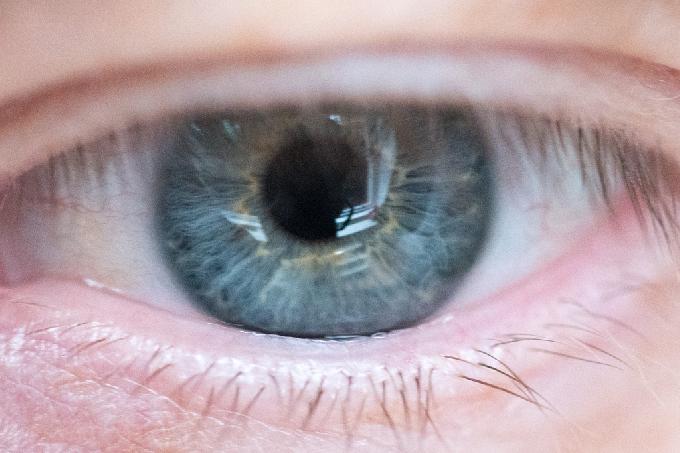Non-neovascular age-related macular degeneration (NNAMD) is the most common cause of irreversible vision loss in the developed world. At present, there is no treatment available for the advanced stages of this problem.
However, a big breakthrough by a research team led by Amir Kashani, an assistant professor of clinical ophthalmology at the University of Southern California (USC), is showing a ray of hope.
The problem of NNAMD probably begins with the breakdown of cells in a membrane in the eye called the retinal pigment epithelium (RPE). So, researchers designed a retinal implant to mimic the function of this membrane.
The team has developed the first-in-kind retinal implant made from RPE derived from human embryonic stem cells grown on a synthetic substrate.
Dennis Clegg, co-director of the California Project to Cure Blindness, said, “Our goal is to implant healthy RPE to revive remaining photoreceptors and prevent any further loss of these light-sensing cells.”
After testing these implants on rodents, researchers placed them into the eyes of four people with advanced NNAMD. The implant was found to be safe and well tolerated, as none of the participants had any severe side effects, and no one experienced any vision loss over the course of the trial.
Clegg explained, “Using advanced imaging methods, doctors can see evidence of integration between the implanted RPE and the host photoreceptors. Eventually, we would like to be able to provide implants at an earlier stage to prevent patients from losing photoreceptors in the first place.”







